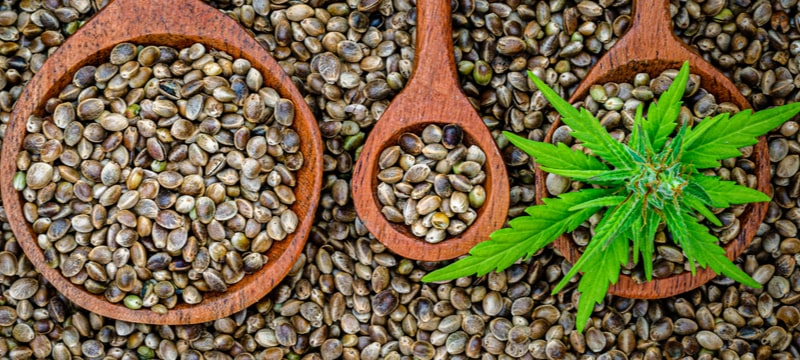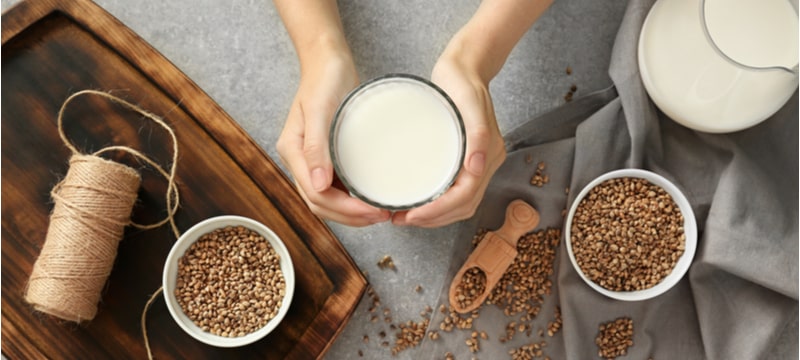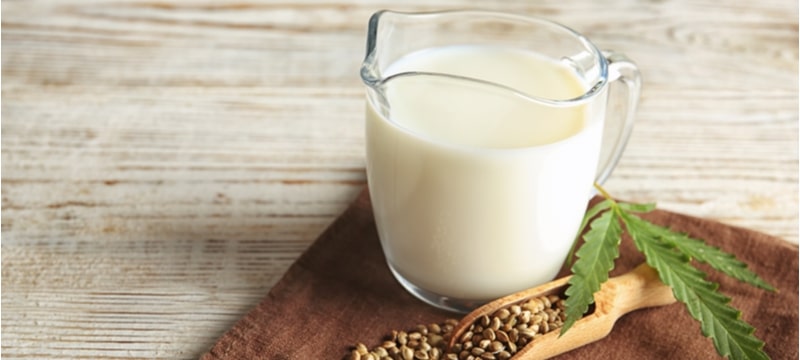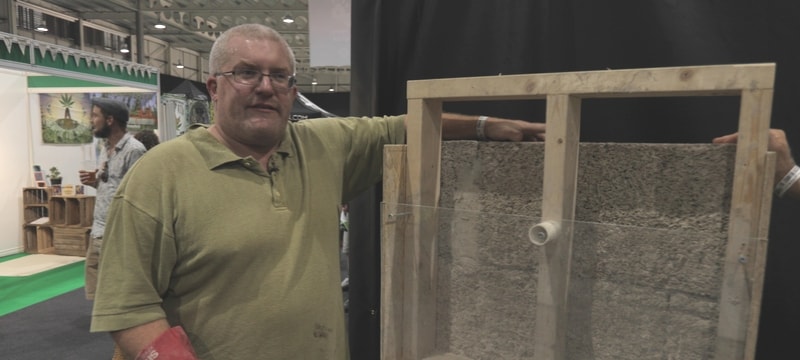
How to make Hemp crete is one of the most asked questions among us. Hemp is a great natural material that is incredibly versatile and that has numerous uses, including construction. It’s becoming so popular that composites like hempcrete are taking precedence over concrete.
But first let us explain a few things…
Table of Contents
What is hempcrete?
Hempcrete is a biocomposite material that is becoming more and more popular for use in construction. It also goes by many other names such as Canobiote and Canosmose.
While it might seem like a recent development, hempcrete insulation has been used since the 1990’s in France. In our current ecological situation moves towards sustainable alternatives like hempcrete are increasingly welcome.
How is hempcrete made?
The hurd is the inner woody part of the hemp plant. This is mixed with a binder, which is often lime. Hemp has a naturally high silica content, this allows it to bind easily with the lime. It’s made in a similar fashion to cement. The correct amounts of hemp and lime are added to a cement mixer with a splash of water. It’s important to get the mixture right. If it is too wet or too dry the hempcrete will not be structurally strong.
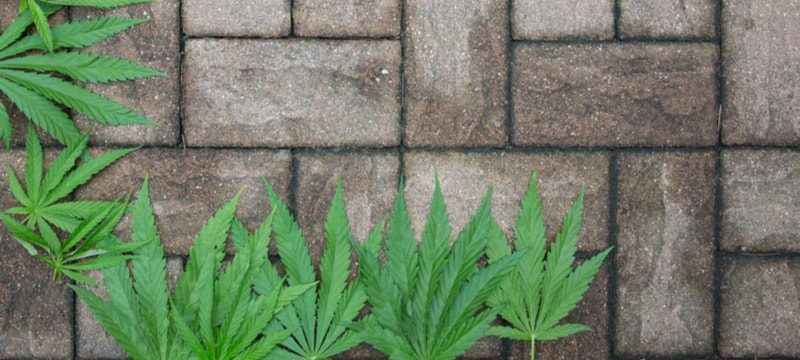
Hempcrete is a ‘cast in place’ material. This means that it is constructed on-site. After the frame of the building has been erected, a wooden framework is then attached. Hempcrete is tossed into the framework by hand and then compacted. It is often finished with a lime plaster.
What are the benefits of hempcrete?
Hempcrete products, like hemp blocks, may provide assistance to areas that are traditionally technically challenging.
Hempcrete itself provides many advantages including:
- Thermal regulations
- Humidity regulations
- Fire resistance
- Acoustic insulation
- 100% natural
Thermal Regulation
Hemp blocks or hempcrete bricks are natural temperature regulators due to their ability to diffuse accumulated heat efficiently. This in turn allows the blocks to contain heat in winter and naturally distribute the heat in summer to avoid overheating.
Humidity Regulation
Hemp is incredibly effective at maintaining a healthy indoor climate. In homes built with hempcrete, you can guarantee a constantly healthy climate for occupants. This can be especially effective in areas where humidity is usually high.
It can also be effective for the renovation of old buildings suffering from dampness and can prevent any future condensation issues. A surefire way to conserve the state of the building.
Fire resistance
This is largely dependent on the finish and thickness of the hempcrete used. But hempcrete and hemp blocks can offer up to two hours of fire resistance.
Acoustic insulation
Hemp works as a fantastic insulator of sound. It can trap and dampen sound waves, protecting you from noise pollution far easier. Blast your music as loud as you like, too!
UK Hempcrete
Alex Sparrow, director of UK Hempcrete discussed with The Extract how to make hempcrete and its many benefits for the environment. It’s easier than you think to craft bricks out of hemp. Indeed, ‘hempcrete’ is becoming a big thing in the world of DIY.
What can you use hempcrete for?
Hempcrete is used as an insulator in the building industry. It is used in flooring slabs, walls and even roofs. While the material is not structural strong, it is self-supporting. Prebuilt, predried hempcrete blocks are also available on the market now, which quickens up the building process.
What are the benefits of building with hempcrete?
Insulation
Hempcrete is an excellent insulator. Even though it is a porous material it can trap heat very well. In some buildings, it has also been used as a thermal mass. A thermal mass acts as a temperature regulator. It traps heat in its walls during the day and then dissipates that heat at night. This lightens the load on your home’s heating and cooling systems.
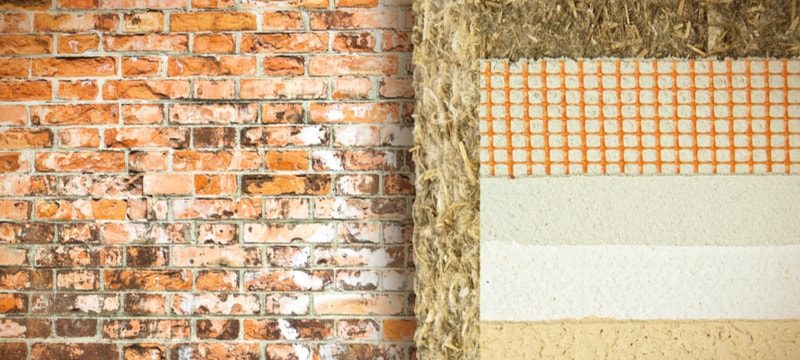
Humidity is also regulated by hempcrete insulation. In traditional concrete homes, humidity is unable to escape through the walls. Because it is porous, hempcrete allows for the humidity to escape from within the home.
Carbon Negative
Hempcrete is carbon negative. This means that it removes more carbon dioxide from the atmosphere than it creates in its life. Hemp is grown naturally and can be compared to CBD, harvested and repurposed. This is much more environmentally friendly than using materials that must be mined and extracted from the earth.
Healthy
Hempcrete is a natural building material. There are no unnecessary plastics, glues or chemicals involved. This makes it much better for the builders working with it and also provides a healthy environment to live in for years to come.
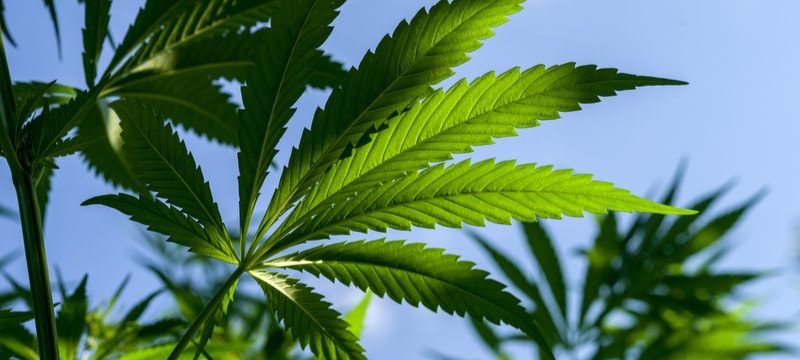
Long-lasting
Buildings made with hempcrete are also very long-lasting. Once properly sealed, they are near impervious to mould, fire and vermin. This is thanks to the lime present in hempcrete.
Easy to use
As hempcrete is a ‘cast in place’ material, that means that it can be used in a wide variety of situations. It is fantastic in the construction of traditional flat walls and right-angle corners, but it is also great to use for curved surfaces.
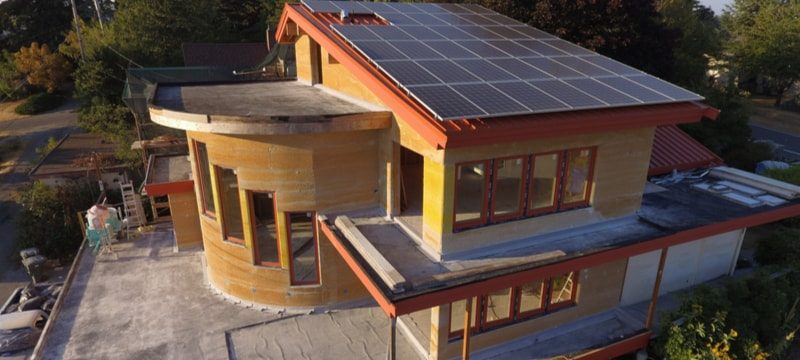
Hempcrete can be used by people who are not industry professionals. While experts will obviously deliver great results, the average handyman can build a shed or tiny home out of hempcrete themselves. This is due in part to the step-by-step approach of the wooden framework and hempcrete tossing technique.
Is hempcrete expensive?
Initially, hempcrete is more expensive than traditional building materials. However, when you consider the lifespan of the product it works out to be cheaper. Hempcrete reduces the reliance on heating systems which will lower your bills and can reduce the chances of developing mould. Costs can also be kept down by doing the building yourself. Hempcrete is an intuitive material that makes it an ideal choice for the hobbyists latest project.
What buildings are made from hemp?
Hempcrete is beginning to appeal to architects and construction companies all over the world due it its unique benefits.
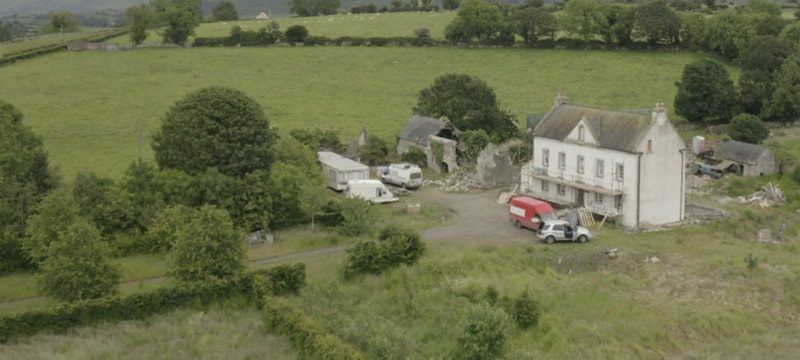
Belgian architects Martens Van Caimere Architecten completed a renovation of a house in Ghent, Belgium using hemp products. The result is a unique, natural home that blends beautifully into its surrounding environment. Hemp has also been used in this sustainable and affordable housing scheme in Elmswell, Suffolk. Hemp is used in the prefabricated home industry as well. Monocabin make Italian designed homes that pride themselves on their ability to regulate the temperature in warm climates. For UK wholesale hemp always used a registered supplier.
How to make a hempcrete wall?
Constructing a hempcrete wall is actually a lot simpler than might be thought.
The three ingredients are:
- hemp hurd,
- lime, and
- water.
Steps
- Mix four parts hemp hurd with one part lime binder
- Then mix the result in one part water. Added all together they form an incredibly durable material.
It’s also easy to make and can be made in almost any shape. The end result is something that is similar to a pressboard, and far stronger than it feels.
Hemp hurds are easy to come by and make up the bulk of the recipe. Just mix the hempcrete into the form, tamp it down, and let it set into a solid block.
Why use hempcrete?
Hempcrete is resistant to cracking and acts as a good moisture regulator and an insulator. It is ideal for use in earthquake-prone areas. It lacks the compressive strength of the kind of concrete that is used in residential construction, but it is strong enough for small buildings, and very durable. It’s ideal for fences, walls, small homes, sheds, etc.
Even better, hempcrete can be broken down once the building reaches the end of its useful life, so if you’re expanding/changing or renovating you can break the hempcrete down and recycle it or use it as a soil amendment. Harvest more hemp, make more bricks, and the cycle continues.
A versatile and eco-friendly construction material
Hempcrete puts the power back in the community’s hands. It is easy to grow, affordable and environmentally friendly. It’s rare you will find something so powerful and versatile that is so easy to make. A community can build a home in a short space of time using sustainable materials such as locally grown wood and hand-cast hempcrete bricks. The slowest part is waiting for them to set.

